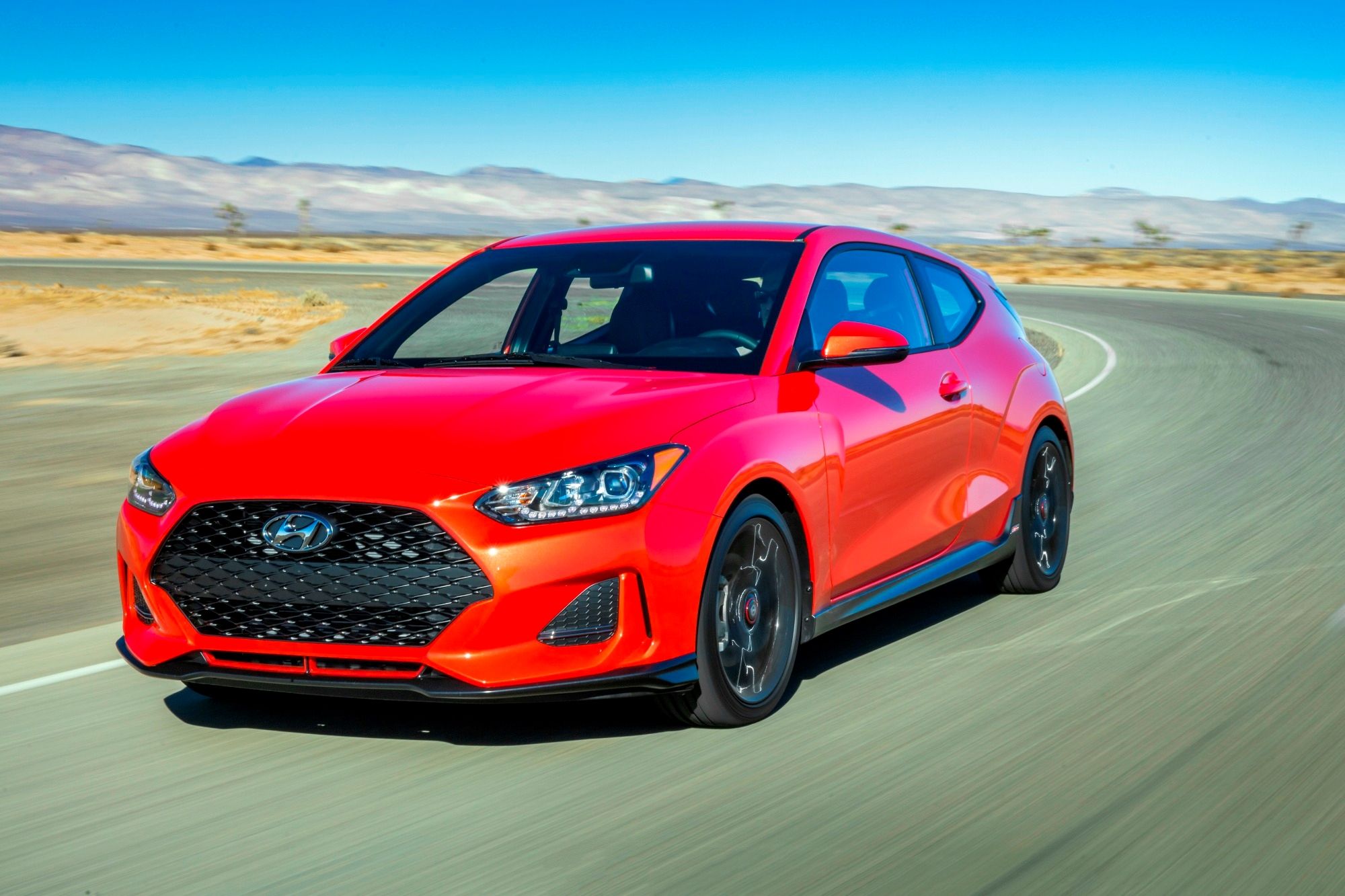
You're in the market for your first car. Your parents want you to get something safe and practical but you want a car that's sporty. Also, you only have a small budget, so your options are limited. Young car enthusiasts find themselves in this predicament all of the time and in our Smart Buy segment, we've given a variety of options for different budgets. But there's one option that has been overlooked for years and it is now cheap enough to warrant consideration. The Hyundai Tiburon.
Few people look back fondly on the Tiburon, especially after it was succeeded by the quirky Hyundai Veloster and the rear-wheel-drive Genesis Coupe. But with prices now reaching insanely low levels, we think young enthusiasts could do a lot worse than a used Tiburon.
Why You Should Buy One
The Hyundai Tiburon entered the US market in 2000 and the second-generation model arrived in 2003. It received a facelift for 2005 with new GS, GT, and SE models before ending production after 2008. The Tiburon was never heralded for its dynamic handling but it was a pretty attractive coupe with insane practicality. Much like the discontinued Acura RSX, automakers don't really build hatchback coupes like the Tiburon anymore. The Tiburon should satisfy a young enthusiast's desire for a sporty car while also pleasing parents who want their teen to drive something practical.
The Price
Since the first-generation Tiburon is far less attractive, we are going to focus only on the second-gen model from 2003 to 2008. Hyundai built the Tiburon to be an affordable sports coupe and used prices now begin at under $2,000 for a high-mileage example. Even a well-kept example with under 100,000 miles can be found for less than $6,000, making it perfect for a young enthusiast on a budget.
The Performance
Base Tiburon models were powered by a 2.0-liter four-cylinder engine sending a meager 138 horsepower to the front wheels. The optional GT trim added a 2.7-liter V6 from the Santa Fe, bumping output to a respectable 172 hp. A five-speed manual transmission came standard while a four-speed automatic with a manual shift gate was optional. If you did opt for the V6, that five-speed manual was replaced by a better six-speed unit.
Do your best to find a manual example as the four-speed auto was pretty sluggish. The GT V6 also got larger 17-inch wheels and a standard rear spoiler. With the larger V6, the Tiburon could hit 60 mph in around seven seconds on its way to a 15.4-second quarter-mile time.
The Interior
We'd struggle to call the Tiburon's cabin "special" but it isn't offensive. There are plenty of hard plastic surfaces, as this car came before Hyundai's quality took a quantum leap forward. V6 GT models came standard with leather seats and a Kenwood stereo was available as an option. The head unit is mounted pretty simply in the dashboard, meaning it would be easy to swap in a modern one with Apple CarPlay and Android Auto capability.
The Practicality
The Tiburon was one of the more practical two-door vehicles you could buy in the mid-2000s. It offered seating for up to four passengers and the rear hatchback design accommodated 14.8 cubic feet of trunk space. Storage space became even more handy with the rear seats folded, opening up to create a huge cargo area that was connected into the cabin.
With the four-cylinder engine, the Tiburon could achieve up to 20 mpg in the city and 28 mpg on the highway. V6 models took a fuel economy hit with 17 mpg in the city and 24 mpg on the highway. These numbers are terrible by modern standards but they aren't wallet crushing.
Verdict
The Tiburon was never lauded as a great performance car but when young enthusiasts are shopping for their first car, driving dynamics aren't typically their number one priority. We love the Tiburon's design and in terms of practicality, it was one of the best two-door cars available. Prices are now cheap enough to warrant consideration as a first car, especially if a two-door sports coupe with a manual transmission is a top priority.
